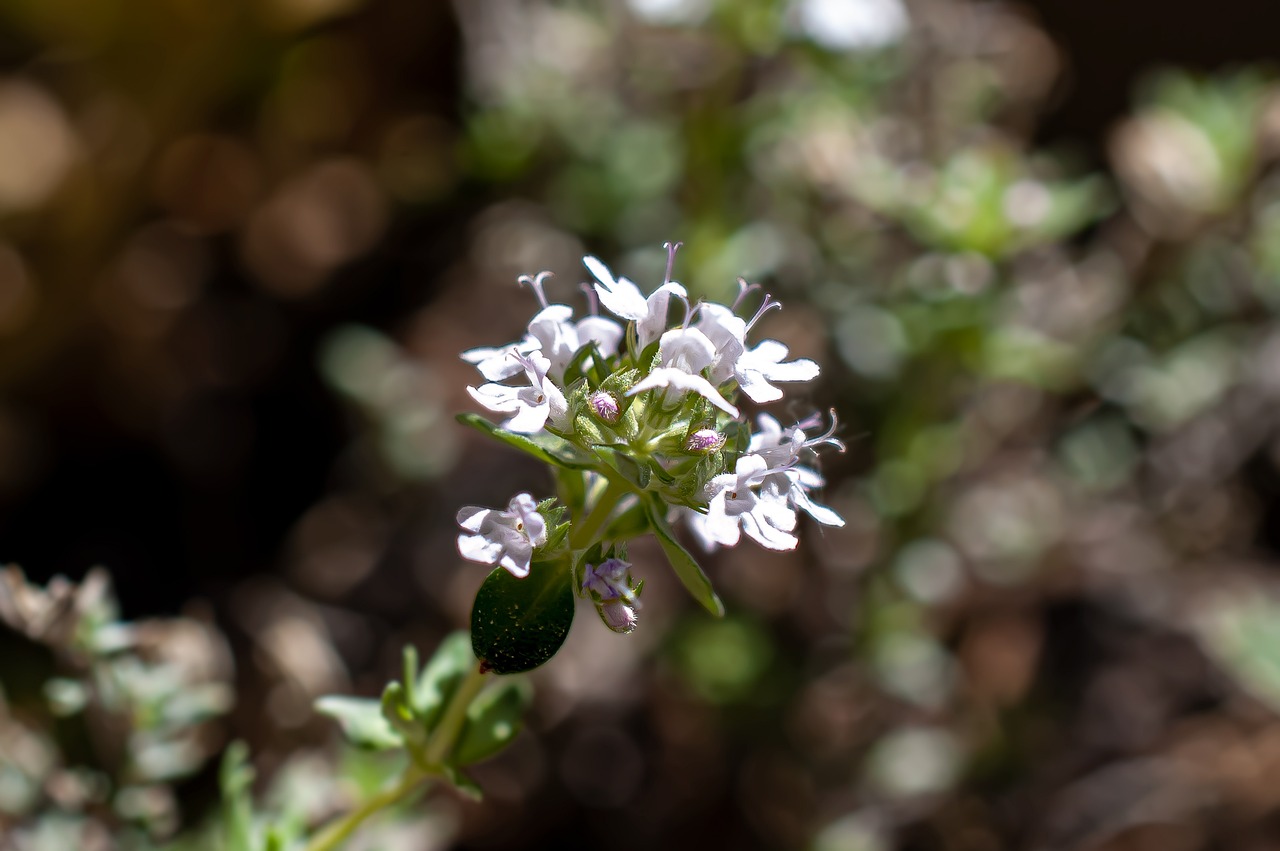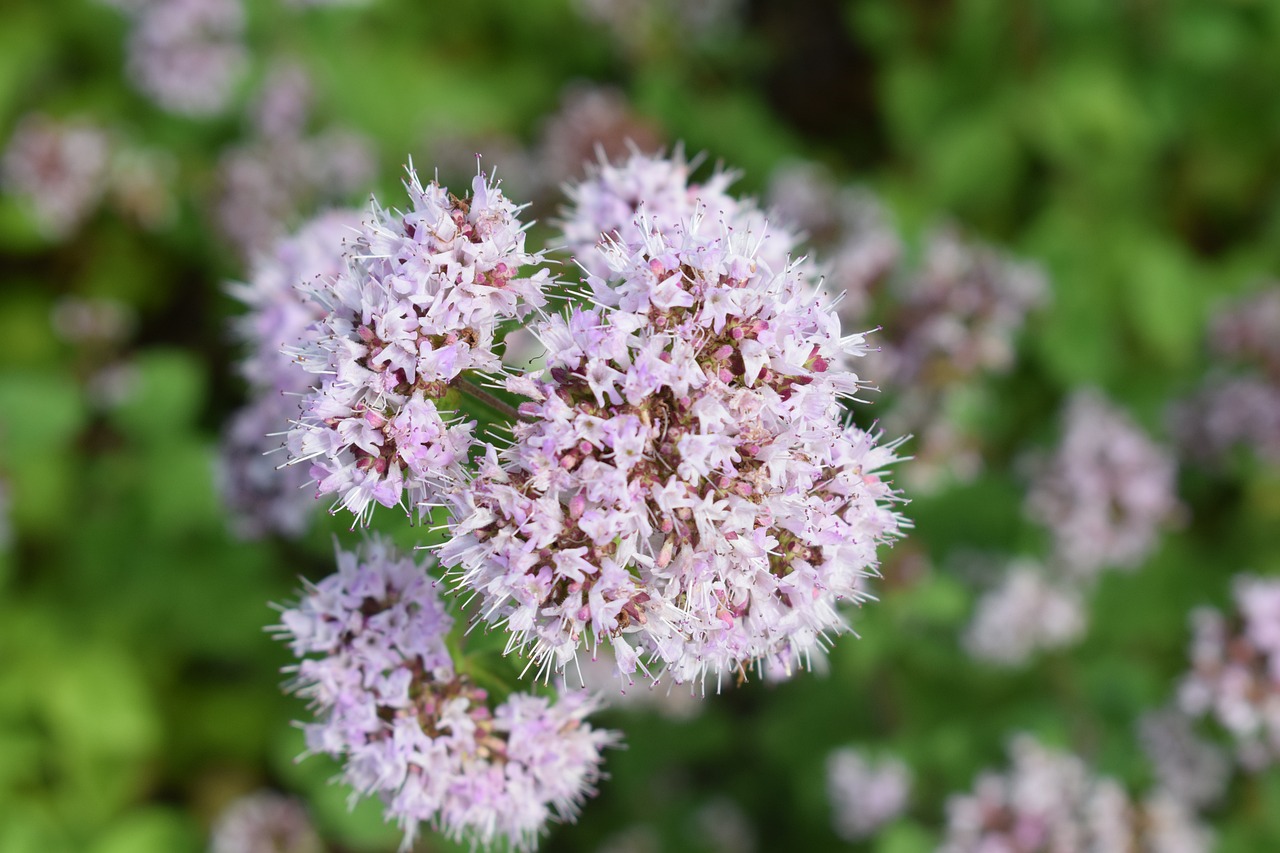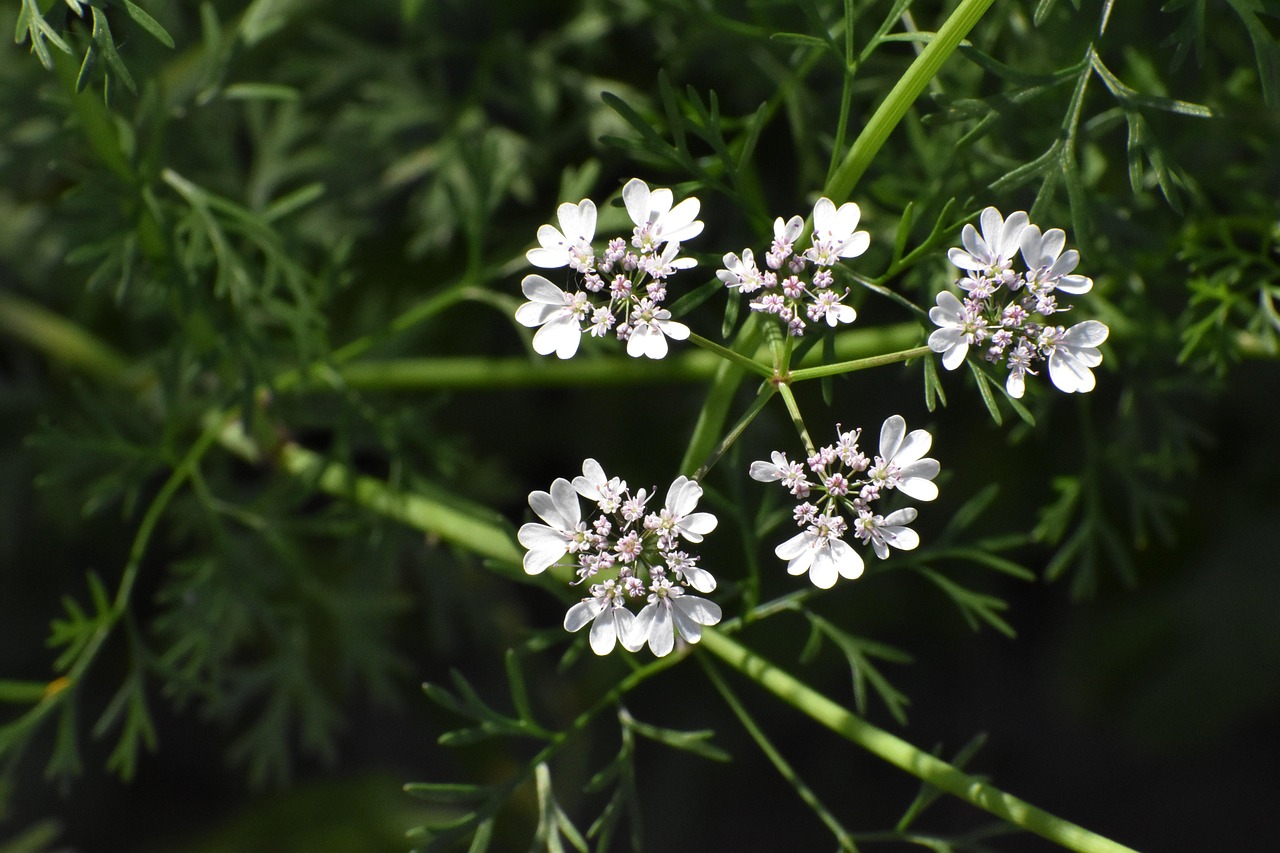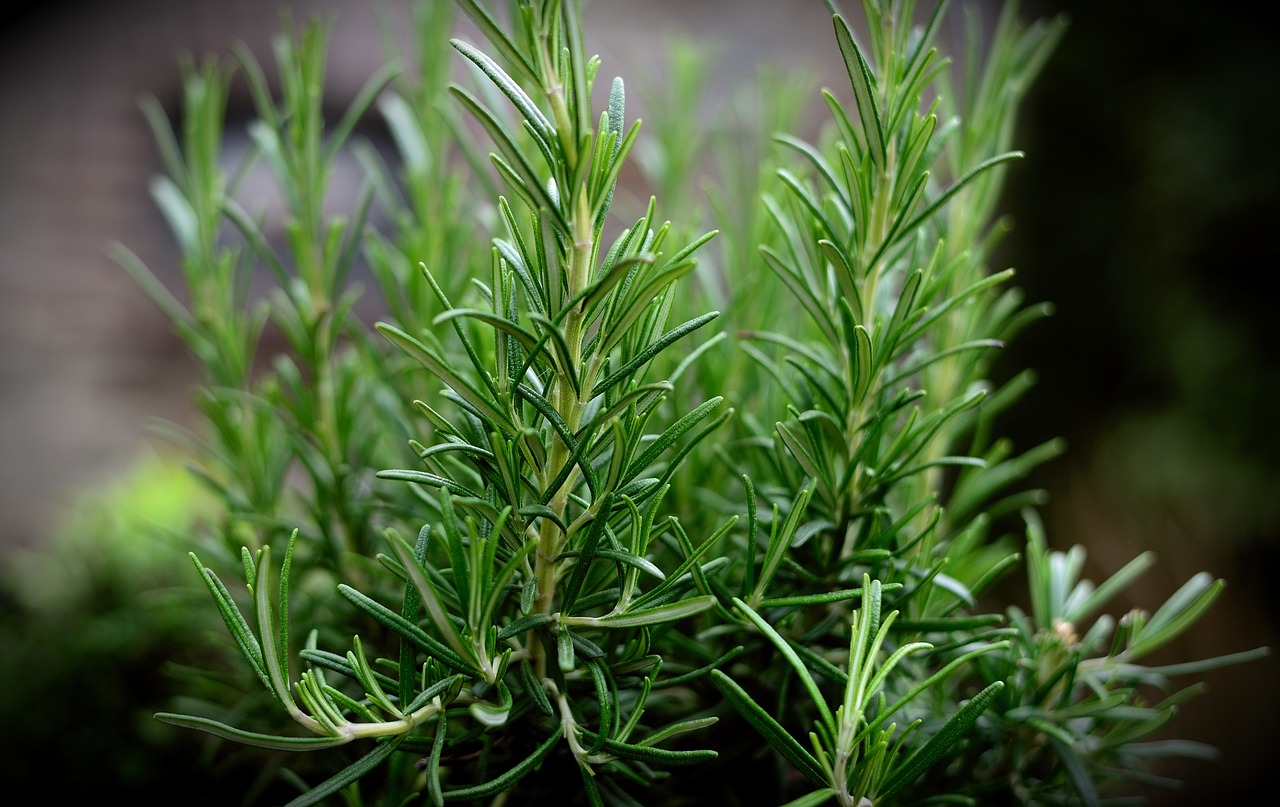Basil | A Sacred Fragrance from the Mediterranean

Basil is known as an essential herb in cuisines around the world, particularly in Italian cooking. Its refreshing aroma and rich flavor enhance a wide variety of dishes, and it is also popular as an easy-to-grow plant for home gardening.
In this article, I will introduce basil in detail, from its basic characteristics to its cultural background and cultivation tips.
Basic Information
- Scientific name: Ocimum basilicum
- Family: Lamiaceae (Mint family)
- Origin: Tropical Asia
- Appearance: Basil has glossy green leaves and grows to a height of about 30–60 cm. Its leaves are ovate and vibrant green. In summer, it produces small white flowers, but removing the flowers encourages leaf growth.
- Blooming season: From early summer to autumn. However, basil is mainly cultivated for its leaves.
Cultural Significance Around the World
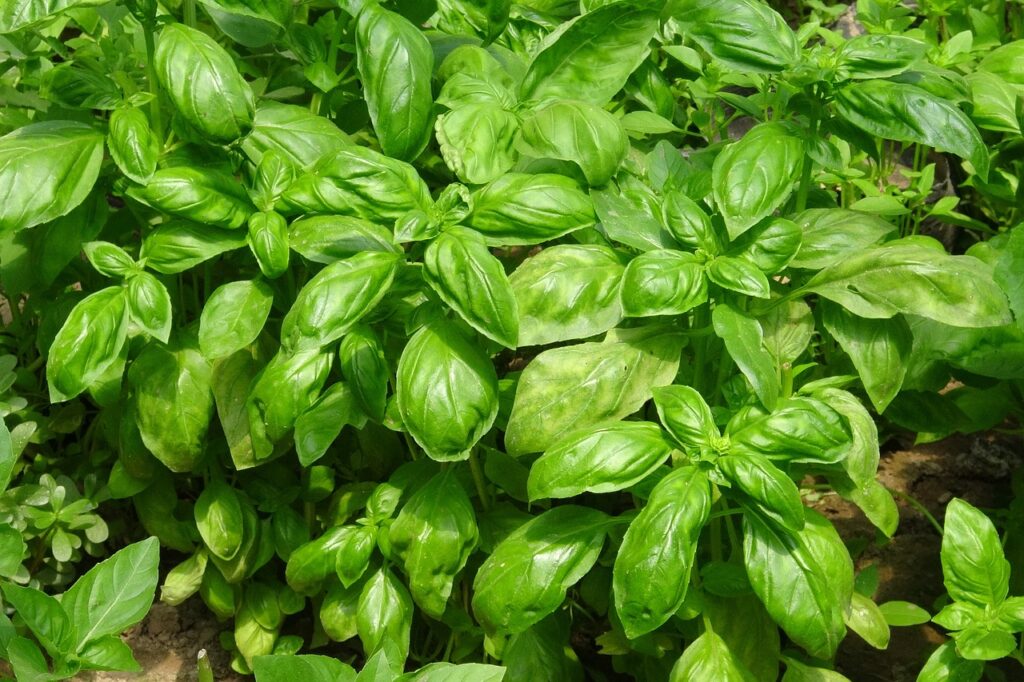
Basil has played an important cultural role in many countries.
In Italy, loved as basilico, it is indispensable in dishes combined with tomatoes and olive oil. The world-famous basil paste from Genoa, known as pesto alla Genovese, places basil’s fragrance at the center of its flavor.
In India, the holy basil called Tulsi is revered in Hindu rituals. It is often planted in household gardens and regarded as a sacred plant.
In Thai cuisine, basil is also an essential spice. The holy basil, used in dishes such as gapao rice, is especially well-known.
Historical Background
The history of basil dates back to ancient Greece and Rome. At the time, it was considered a sacred plant, and its name reflected the meaning “herb of kings.”
In ancient Greece, basil was used in religious rituals and as a medicinal herb. During the Middle Ages in Europe, it was thought to symbolize wealth and prosperity and was cultivated in the gardens of merchants and nobles.
In some regions, basil was also valued as a protective herb, believed to ward off evil spirits when planted around homes.
During the Age of Exploration, European merchants spread basil throughout the world, leading to the development of diverse varieties across different regions.
Gardening Advice
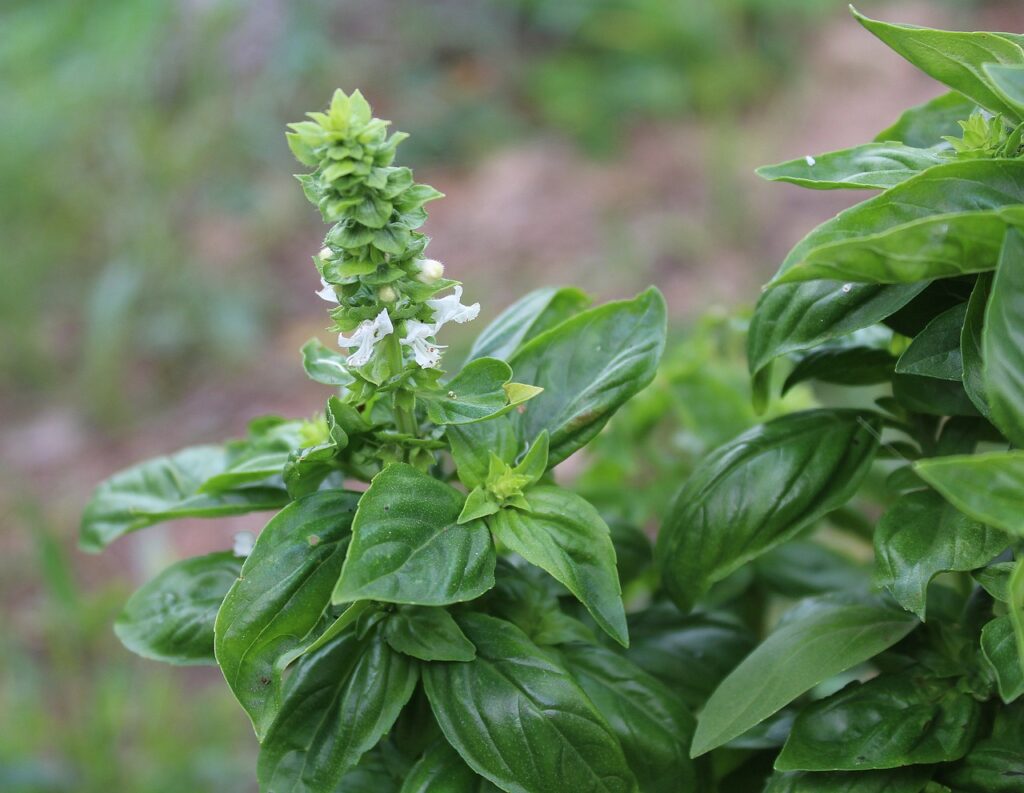
Basil thrives in warm climates and grows best in sunny locations. Cultivation can begin when temperatures consistently reach above 15°C, ensuring healthy growth.
Water thoroughly when the soil begins to dry, avoiding excessive moisture to prevent root rot. Well-drained, fertile soil is ideal. For potted basil, regular fertilization is necessary.
Pinching the tips of the plant promotes branching and results in lusher foliage. Since flowering reduces the flavor of the leaves, it is recommended to remove flower buds early.
As basil is sensitive to temperature changes, in autumn it should either be moved indoors or protected with warmth measures.
Freshly harvested leaves should be used promptly, but with proper storage methods, they can be enjoyed for a longer period.
Conclusion
Basil is an herb that enriches many dishes with its aroma and flavor. It is easy to grow and is one of the best plants for home gardens.
With the right environment and care, fresh basil can be harvested over a long period. I encourage you to grow basil at home and enjoy its many charms.

